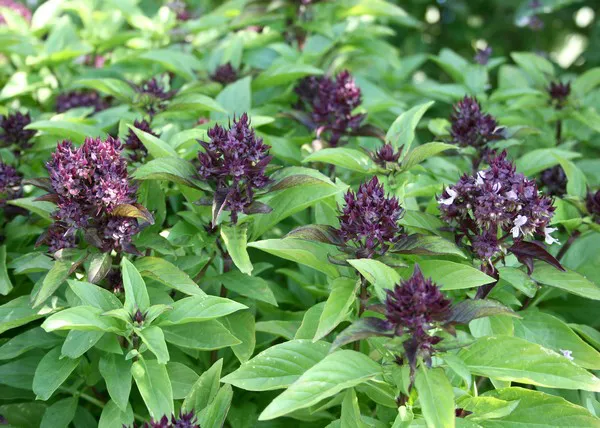Pepper plants, with their vibrant fruits and versatile culinary applications, are prized additions to any garden. However, their succulent leaves and flavorful fruits also make them susceptible to a range of pests that can damage your precious pepper crop. To ensure your pepper plants thrive and produce bountiful harvests, it’s essential to understand how to effectively identify, manage, and eliminate pests. In this comprehensive guide, we will delve into the intricacies of how to get rid of pests on pepper plants.
Identifying Common Pepper Plant Pests
Before embarking on a pest control journey, it’s crucial to be able to identify the culprits causing damage to your pepper plants. Here are some common pests to watch out for:
1. Aphids
Aphids are small, soft-bodied insects that cluster on the undersides of leaves. They feed on plant sap and excrete honeydew, which can lead to the growth of sooty mold.
2. Spider Mites
These tiny arachnids can cause stippling on leaves, leading to a pale, mottled appearance. They thrive in hot and dry conditions.
3. Whiteflies
Whiteflies are small, winged insects that congregate on the undersides of leaves, sucking sap and causing yellowing and weakening of the plant.
4. Caterpillars
Various caterpillar species, such as hornworms, can munch on pepper plant leaves, causing significant damage. Look for chewed leaves and frass (droppings).
5. Thrips
Thrips are slender insects that pierce leaves and suck out cell contents, resulting in distorted and discolored leaves.
Implementing Cultural Practices for Pest Prevention
Prevention is the first line of defense against pests. By implementing proper cultural practices, you can create an environment that is less inviting to unwanted visitors.
1. Plant Spacing and Air Circulation
Avoid overcrowding your pepper plants. Providing ample spacing between plants allows for better air circulation, reducing humidity levels that pests thrive in.
2. Healthy Soil and Fertilization
Well-nourished plants are more resilient to pests. Maintain healthy soil with proper pH levels and provide balanced fertilization to enhance plant vigor.
3. Regular Inspection
Inspect your pepper plants regularly, paying close attention to the undersides of leaves where pests often hide. Early detection can prevent infestations from escalating.
Natural Remedies for Pest Control
Embracing natural methods for pest control is not only environmentally friendly but also beneficial for the overall health of your pepper plants.
1. Neem Oil Spray
Neem oil is derived from the neem tree and acts as both an insect repellent and growth inhibitor. Mix with water and apply to the leaves, targeting both sides.
2. Insecticidal Soap
Insecticidal soap disrupts the cell membranes of insects, causing them to dehydrate. Use a gentle, plant-safe soap diluted in water to spray affected plants.
3. Beneficial Insects
Introduce natural predators like ladybugs, lacewings, and parasitic wasps to your garden. These insects feed on pests and help maintain a balanced ecosystem.
Chemical Pest Control
When natural methods are insufficient, chemical solutions may be necessary. It’s essential to use these products responsibly to minimize harm to beneficial organisms and the environment.
1. Choosing the Right Insecticides
Select insecticides labeled for use on edible crops and specific pests. Read and follow the instructions carefully to ensure safe and effective application.
2. Timing and Application
Apply insecticides during early morning or late afternoon to minimize harm to pollinators, and avoid applying them when the plants are flowering.
Integrated Pest Management (IPM)
Integrated Pest Management (IPM) is a holistic approach that combines various strategies to effectively manage pests while minimizing environmental impact.
1. Monitoring and Identification
Regularly monitor your pepper plants for signs of pests. Identify the specific pests present to determine the most suitable control methods.
2. Cultural and Mechanical Controls
Implement cultural practices as discussed earlier, such as proper spacing, mulching, and handpicking pests when feasible.
3. Biological Controls
Encourage natural predators and beneficial insects to thrive in your garden. Planting companion plants that attract these predators can be beneficial.
4. Responsible Chemical Use
If chemical control is necessary, choose selective insecticides that target specific pests while sparing non-target organisms.
Preventing Future Infestations
After successfully managing a pest outbreak, take steps to prevent future infestations and maintain the health of your pepper plants.
1. Crop Rotation
Rotate the location of your pepper plants each growing season to disrupt pest life cycles and reduce the buildup of soil-borne pests.
2. Sanitation
Clean up garden debris and fallen leaves regularly, as they can harbor pests and diseases. Dispose of infested plant material away from the garden.
3. Quarantine New Plants
Before introducing new plants to your garden, quarantine them for a period to ensure they are pest-free and won’t introduce new infestations.
Conclusion
Maintaining healthy and thriving pepper plants requires diligence, awareness, and a balanced approach to pest control. By incorporating preventative measures, natural remedies, and responsible chemical solutions, you can create an environment that fosters the growth of robust and productive pepper plants. Remember that pest control is an ongoing process, and regular monitoring is key to catching and addressing potential issues before they escalate. With your newfound knowledge and dedication, you can enjoy a bountiful pepper harvest and a garden teeming with vitality.


